Written by: Saram Maqbool
Posted on: August 15, 2024 | 
The Louvre Pyramid shines bright at night, highlighting the contrast between its structural lightness and the heaviness of the structures surrounding it.
When it comes to good architecture, there are various intangible elements that make up the experience of a building. It's not just the walls you see, the textures you feel and the view you have access to. One of the most significant aspects of architectural design that often goes unnoticed is lighting. For centuries, architects have used light in a multitude of creative ways to breathe life into the structures they design. Louis Kahn once famously said, “The sun never knew how great it was until it hit the side of a building”. This makes sense to me when I think of light as something that also needs to interact with an external factor to be appreciated properly.
Before any of this though, lighting has a functional role in buildings and public spaces. Primarily, lighting ensures that spaces are usable and safe. Well-designed lighting improves visibility, supports various activities, and promotes comfort. For example, task lighting in offices reduces eye strain and increases productivity, while appropriate lighting in public spaces ensures safety and security. Beyond its practical uses, light can significantly alter the appearance of a building and its interiors. It can highlight architectural features, create shadows and contrasts, and contribute to a space's mood and atmosphere. Lighting can transform a mundane structure into a captivating visual experience, making it a powerful tool.
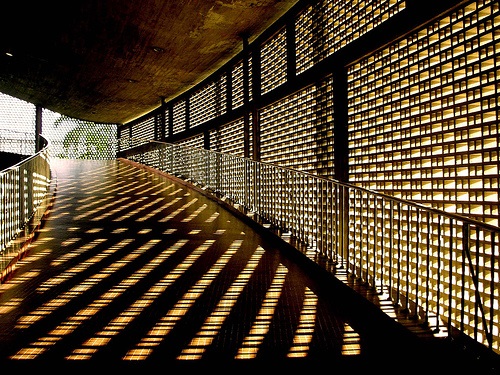
Light can also be used as a tangible design element, enhancing spaces and giving them new meaning as the time of the day changes.
Beyond its functional use, lighting also affects human emotions and behaviors. Bright, warm lighting can create a sense of warmth and hospitality, while cool, dim lighting can evoke calm and relaxation. Architects use lighting to shape how occupants feel within a space, influencing everything from mood to behavior. Light is actually one of the key features in religious spaces such as mosques and churches, because it has such a significant impact on how a user feels. The right kind of light flooding into a religious space can evoke a sense of calm and spiritual awakening, whereas fitting the ceilings with endless rows of artificial light makes the same space look dull and almost without feeling.
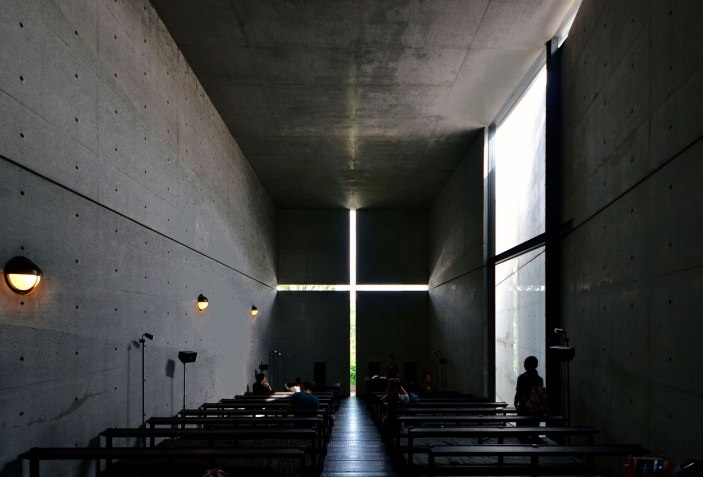
Church of Light by Tadao Ando is a great example of how light can dictate the ambience of a religious space
Le Corbusier's Chapel of Notre Dame du Haut in Ronchamp is renowned for its innovative use of natural light. The chapel features irregularly shaped windows that allow shafts of light to penetrate the thick concrete walls, creating a spiritual and contemplative atmosphere inside. The varying sizes and placements of the windows ensure a dynamic interplay of light and shadow throughout the day, enhancing the sacred experience for visitors.
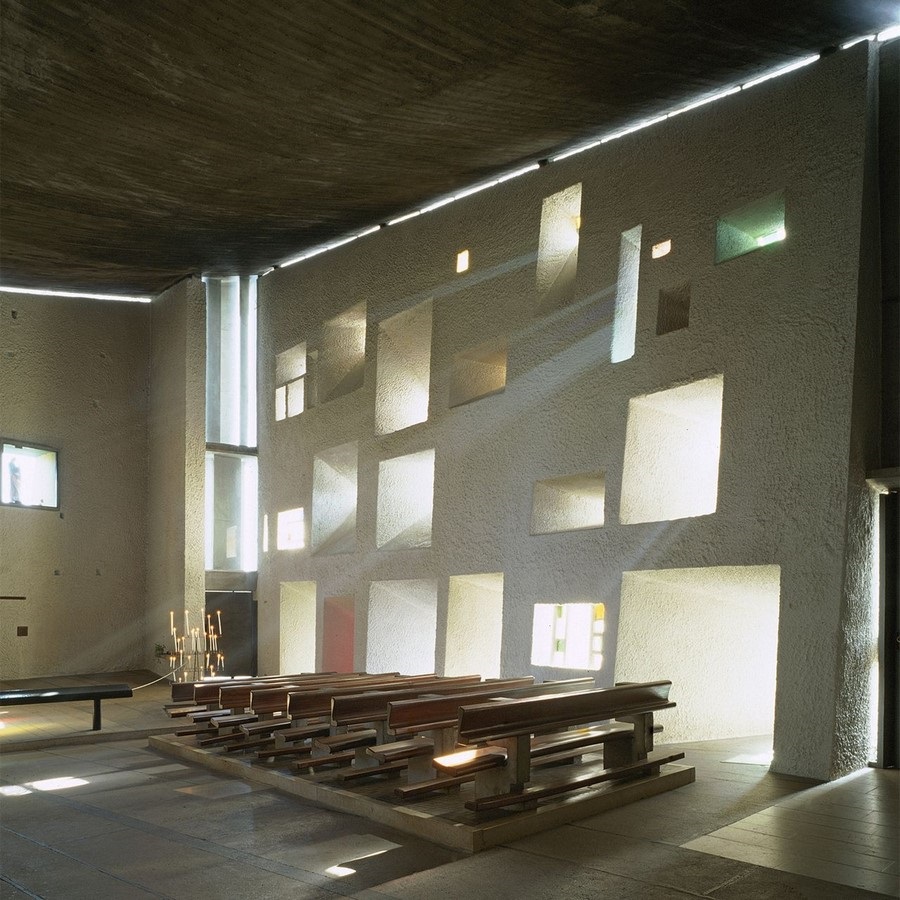
The windows in Chapel of Notre Dame du Haut flood into the space in the form of beams, creating an awe-inspiring atmosphere.
There are numerous other examples where architects have creatively used light as part of the design. The Louvre Pyramid in Paris, designed by I.M. Pei, is an iconic example of how light can be used to dramatic effect in architecture. During the day, the glass and metal structure allows natural light to flood the underground lobby, creating a bright and welcoming entrance to the museum. At night, the pyramid is illuminated from within, transforming it into a glowing beacon that highlights the juxtaposition of modern and classical elements.
Another masterclass in the use of light is the Seattle Central Library, designed by Rem Koolhaas and Joshua Prince-Ramus. The building’s glass façade allows natural light to pour into the interior spaces, reducing the need for artificial lighting and providing a visual connection to the outside world. Inside, a series of atriums and light wells ensure that even the deepest parts of the building receive natural light, creating an open and inviting environment. This is an excellent example of how architects can maximize natural light in the most functional of ways, while also relying on it to give deeper meaning to space.
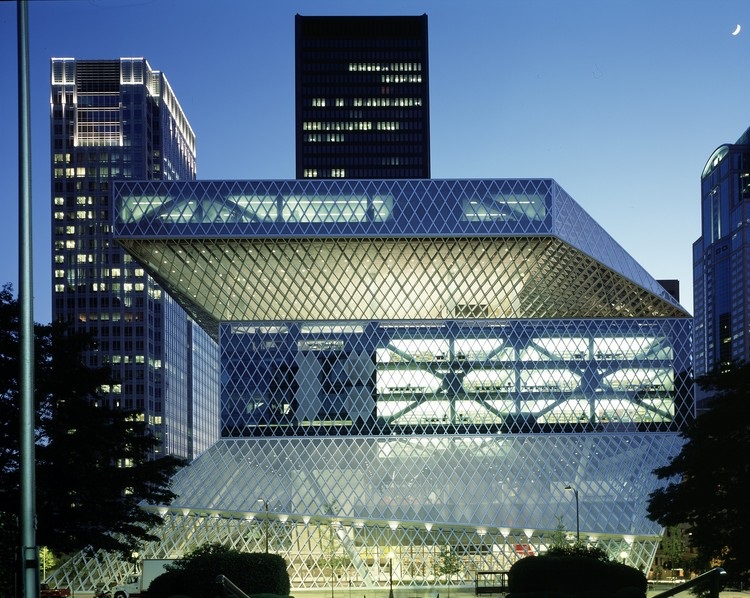
The Seattle Central Library uses light to connect the inside of the building to the outside by highlighting the transparency of the structure.
On the other end of the spectrum, Ryue Nishizawa’s design for the Teshima Art Museum in Japan, uses natural light to create a profound sensory experience. The museum features a single, flowing concrete shell with two oval openings that allow light, wind, and rain to enter the space. This seamless integration of the natural elements with the architecture blurs the boundaries between inside and outside, creating a meditative environment where visitors can engage deeply with art and nature.
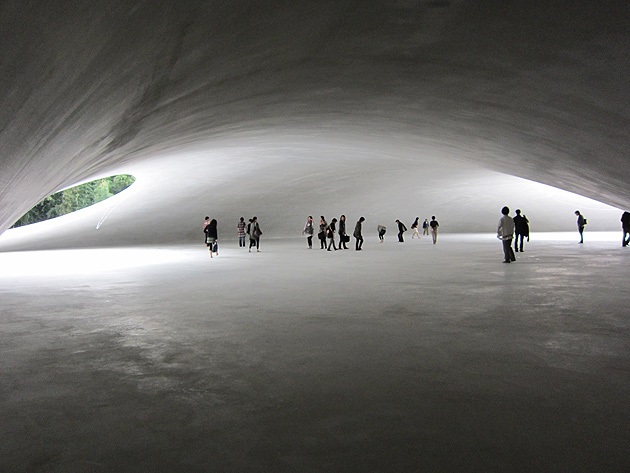
The design for the Teshima Art Museum is an example of how light can be used to draw people in and offer them a contemplative experience
Light is an indispensable element in architecture, influencing functionality, aesthetics, and emotional responses. It’s something that, unfortunately, a lot of architects still don’t utilize in their designs, focusing more on textures and materials. These elements are also important, of course, but when they are made to collaborate with light in a certain way, a building can be turned from just another bright and well-lit structure to a place that lures people in and gives them a reason to stay. When we start thinking about light as a fundamental element of design rather than an afterthought, we can build spaces that are more emotional. And we do need more spaces like that, especially in Pakistan, to combat the ever-increasing population of structures that don’t seem to have any character or creative thought behind them.
You may also like: